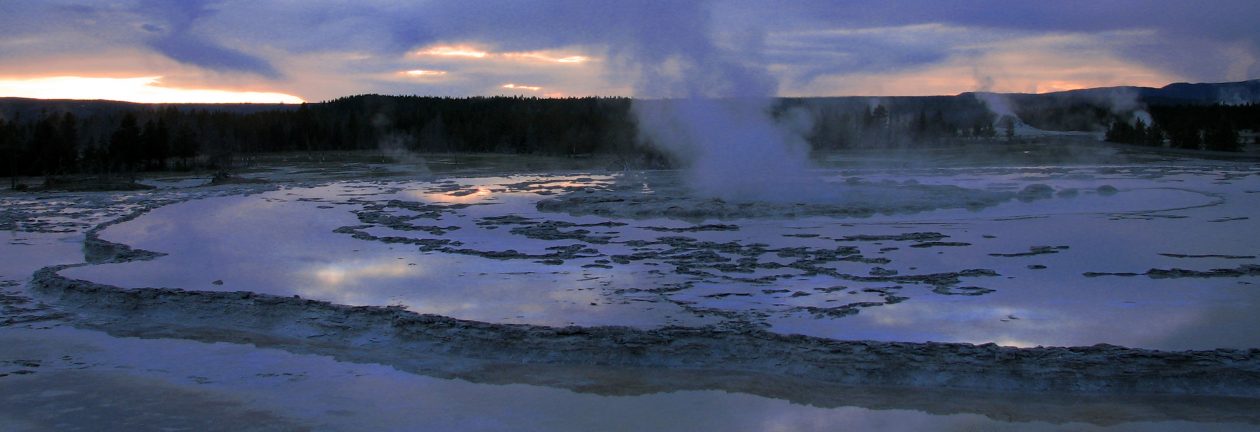Belgrade, Serbia
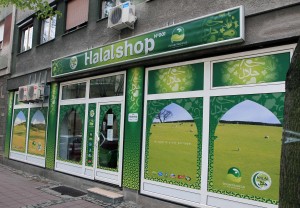
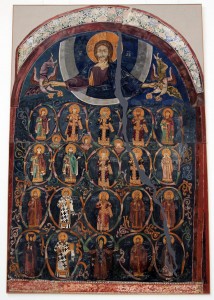
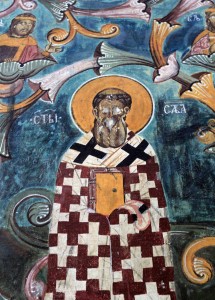
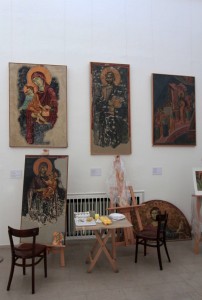
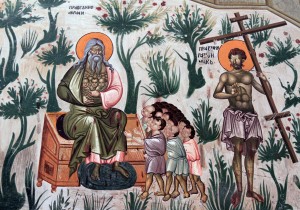
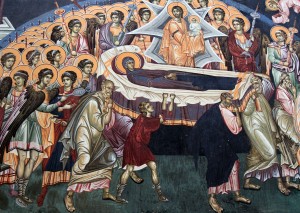
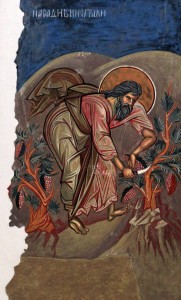
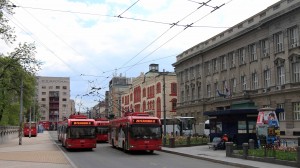
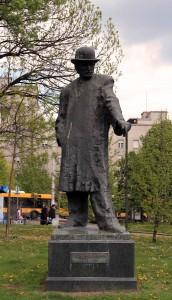
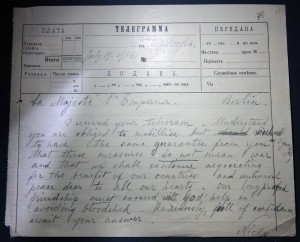
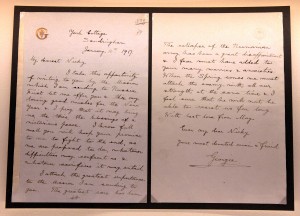
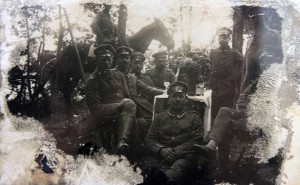
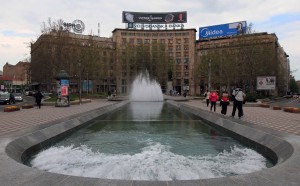
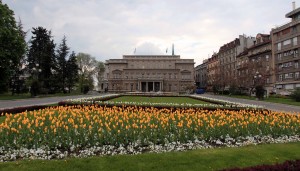
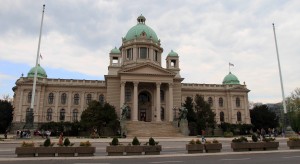
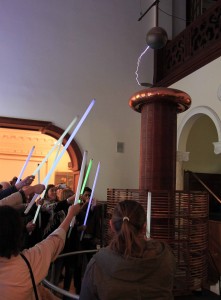
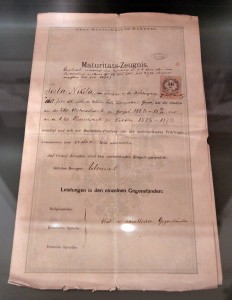
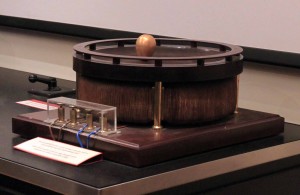
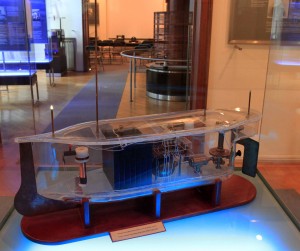
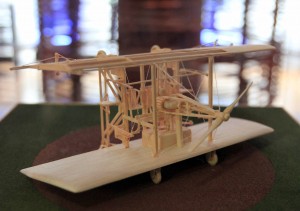
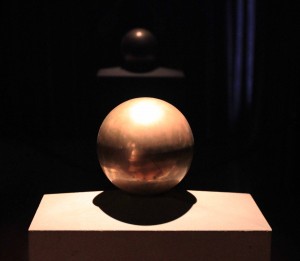
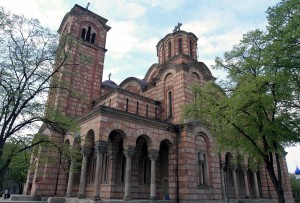
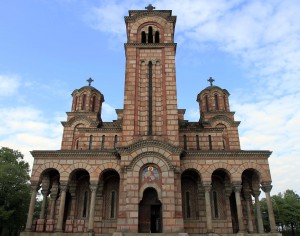
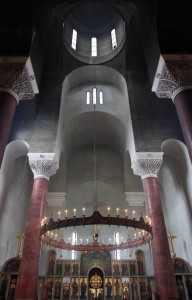
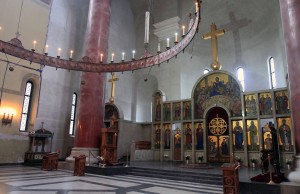
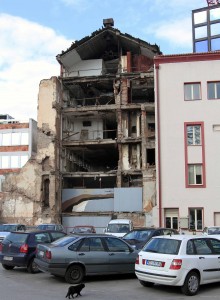
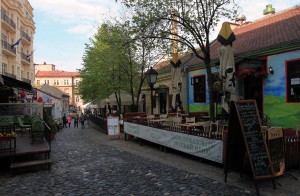
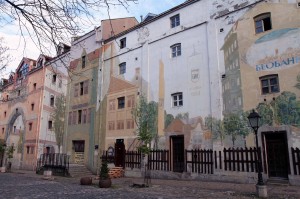
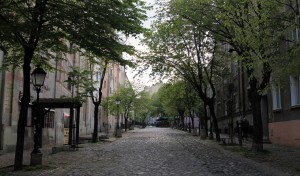
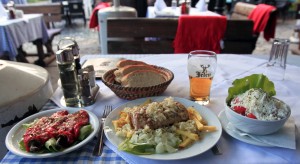
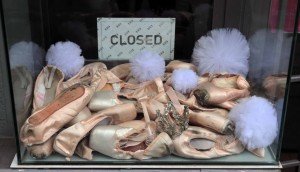
I woke up with a slight headache today around 09:45 (I guess I may have had a little too much to drink). I stayed in bed for a short time before finally getting up, packing away the rest of the laundry I had done yesterday, showering, dressing, and getting ready. I left the hostel after 11:00, walked past Bajrakli Mosque (the only mosque in Belgrade out of the 273 that had existed during the time of the Ottoman Empire’s rule of Serbia), and entered in to the Gallery of Frescoes, which had free admission today (Sunday). The Gallery of Frescoes exhibits mostly copies of medieval Serbian artwork (most of which are frescoes); the copied frescoes have been painstakingly created to look like the originals found in monasteries throughout Serbia, even recreating the graffiti and vandalism that exists on the originals. I was quite surprised to see some unique Orthodox paintings on display here, such as the ‘Last Judgement’ that had a figure (probably God) with His cloak open, exposing many souls with Him, in Him; also, there was a painting of the Dormition of Mary (a familiar theme in Orthodox art, just like the Old Testament Trilogy or St. George Slaying the Dragon) that for some reason had a figure in the foreground with his hands clutching the death bed of Mary and (for some reason) his arms were cut off at the elbow and bleeding profusely; another painting, ‘Dream of Nebuchadnezzar’, had a figure standing on a pillar with his muscles exposed (i.e. he was skinless) below his chest – very surreal and bizarre imagery for fourteenth-century AD paintings that adorned the walls of monasteries (after all, Hieronymus Bosch didn’t come around until the late fifteenth-century AD). After exploring the Gallery of frescoes, I walked past Studentski Park, and then Republic Square, before taking a wrong turn and ending up at the market in the Bohemian Quarter (known as “Skadarska”); I then found out where I was and walked to where I had wanted to go initially: to the Palace of the Assembly of Serbia, which houses the National Assembly (the unicameral legislature of Serbia). I reached the Assembly and then walked northwest to the Historical Museum of Serbia, which – despite its name – had two rooms dedicated to the peace just before World War I and World War I (I guess since we are at the centennial of the Great War, these exhibits are appropriate). Inside the museum, there were many photographs (some from the personal collection of Tsar Nicholas II), interactive displays and films (unfortunately, these were in Serbian, not English), and actual telegraphs and letters between Nicky (Tsar Nicholas II), Willy (Kaiser Wilhelm II), and Georgie (King George V) – many of these were surprisingly in English – evidently Willy didn’t know Russian and Nicky didn’t know German (or at least well enough to correspond competently in). I thought the correspondences between the monarchs of Germany and Russia just after the assassination of Archduke Franz Ferdinand and during the mobilization of their armies was very fascinating and worth seeing. After looking through the exhibits in the Historical Museum, I walked around the nearby Nikola Pašić Square and the Assembly of the City of Belgrade, which is in a building known as Stari Dvor (meaning “Old Palace”), named so because it used to be the royal residence of the Obrenović dynasty. Next, I walked to the Nikola Tesla Museum, which celebrates Serbia’s greatest inventor (although, he was born in Smiljan, which is in present-day Croatia). This museum (like most in Belgrade) was small, but had a lot of great information and cool artifacts. Inside, there were working models of several of Tesla’s inventions (including a Tesla Coil that, when turned on, illuminates fluorescent light tubes held up by visitors), a lot of information and interesting pictures (I didn’t know Nikola hobnobbed with Mark Twain, Joseph Jefferson, Marion Crawford, John Muir, and other celebrities at the time), personal artifacts, and the urn that contains his ashes; there was also an informative film shown that detailed his interesting life. After viewing the Nikola Tesla Museum, I exited the building and walked to the New Serbian-Orthodox Church of St. Mark (also known as “St. Mark’s Church”); this church was built in the Serbian architectural style by the Krstić brothers, and was completed in 1940 AD on the site of a previous church dating to 1835 AD; also, St. Mark’s Church was different than many Orthodox churches I had been to recently – the inside was not covered in frescoes and was actually bare. After visiting the church, I walked to the nearby RTS-1999 Memorial, which is a partially destroyed building (Radio Television of Serbia headquarters), left as it was bombed, by NATO, on April 23, 1999. Next, I walked to Skadarska Street in the Bohemian Quarter to see it during the daylight (and sober eyes) and I sat down, outside (for obvious reasons), at a Serbian restaurant, where I had baked paprika, stuffed pork loin with French fries and cheese, Serbian salad with cheese, bread, and Serbian beer (this was rather delicious). After dinner, I had a cappuccino before paying the bill and walking back to the hostel I was staying at. Once back at the hostel, I typed away at my computer, updated the website, and drank a cup of chamomile tea. While typing in the common area of the hostel, I met four Londoners (an Englishman currently living in Athens, two Englishwomen working on their PhD and on a research assignment in Serbia (one looked like a blonde Jessica Biel and had Croatian and Atlanta, Georgia lineage), and a Romanian man (from Transylvania and with hair like Vlad the Impaler) who is an undergraduate student at the same university as the two Englishwomen and on assignment with them); we chatted for a while and then decided to all go out for a drink. The five of us walked to the Bohemian Quarter and found a nice establishment to have some wine at; inside the restaurant, there was a live band playing rock songs and we tried to hold a conversation above the noise. The wine we ordered was a Montenegro red wine that was dry, tannic, and tasted of raspberries. While drinking our wine, the Londoner from Athens asked the band if they take guest singers; this question seemed to startle them for a moment, but they replied “yes” and the Londoner from Athens rose up and took the mic; he then sang ‘Superstition’ by Stevie Wonder and did a fantastic job with it, making our visit to this particular restaurant totally worth it. After finishing the wine, we returned to the hostel and I had some beer while hanging out with the other guests. The other guests (particularly a young French-Canadian woman from Quebec) and I developed plans for tomorrow, and we pretty much all decided to take the city walking tour at 11:00, but this would prove to be too early for most of us. Finally, after most guests had gone off to bed, decided to go to sleep as well. There was an amusing moment while preparing for bed when, in the bathroom, the theatrical Londoner living in Athens, the French-Canadian woman, and I were all brushing our teeth together in front of the mirror like some lame television advertisement. We then made it to our separate beds and, after 02:00, I finally went to sleep.
